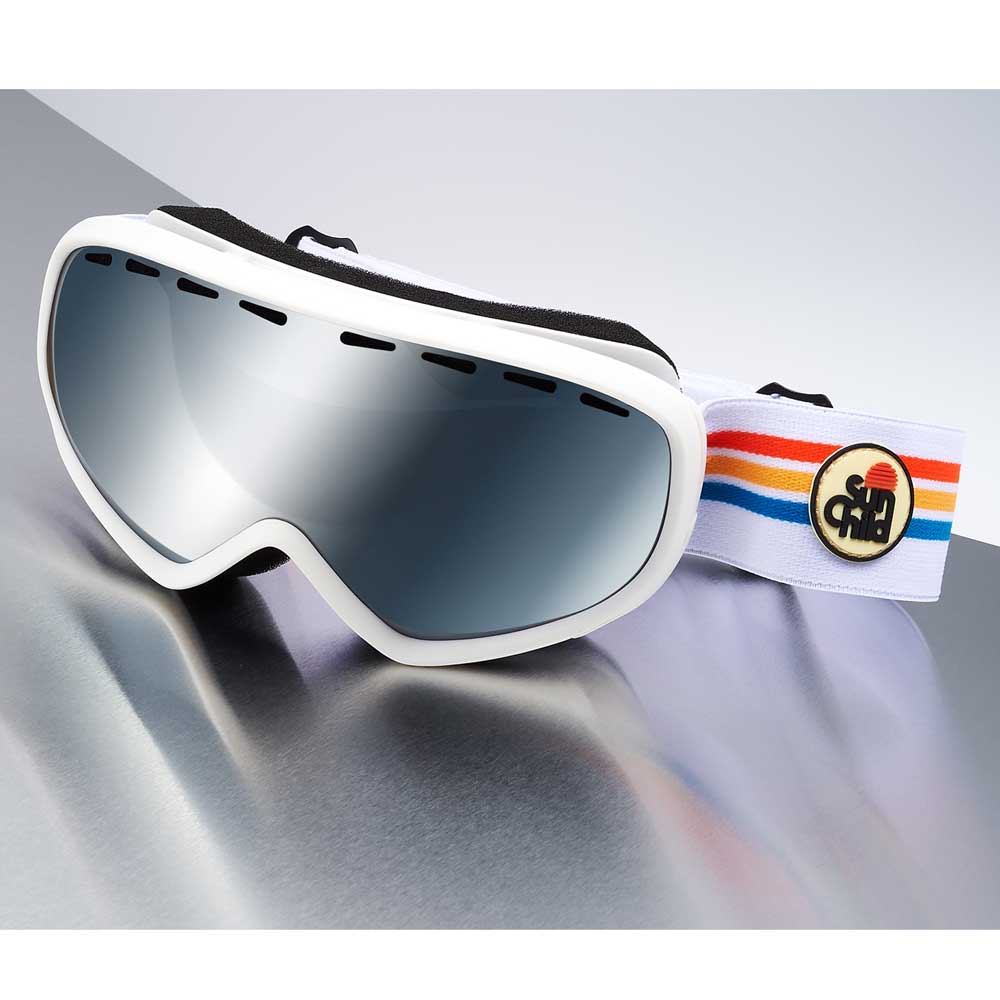Varionet News
Myopia
The myopic eye
Myopia is a visual abnormality identified since antiquity by Aristotle. This is refractive disorder more common in the world . Some ophthalmologists even speak of a global epidemic: according to a study conducted by the University of Canberra (Australia) 90% of young students in developed countries in Asia are myopic against 30% in the 70s. This phenomenon is found all over the world, in the USA the population of myopes has increased from 25 to 45%.
Reading problems? What if it was presbyopia?
Presbyopia, what is it?
As we age, we all experience annoying changes in our vision:
- it becomes more difficult to concentrate
- it is more and more difficult to see clearly on close objects .
Reading glasses and presbyopic glasses Varionet
Varionet Presbyopia lens technology
Varionet opticians have developed a lens that allows people presbyopia to find a clear near but also intermediate vision contrary to magnifying glasses / classic single-focal glasses found in pharmacies.
Summer vacation: don't forget your reading glasses
How to recognize presbyopia?
The aging of the eye
Visual protection at home
The good weather is back and we are taking advantage of the weekends in May to garden, clear brush, do some DIY…
Many traumas, shocks or eye injuries are counted each year and about 50% of them occur at home.
Be safe also at home:
For most of us, safety glasses or goggles rhyme with professional environment
Daily reading glasses
If you wear reading glasses , you know that they are indispensable in your daily life. Without realizing it, we often need our glasses and are regularly looking for them!
Here are 10 banal uses that make them irreplaceable!


